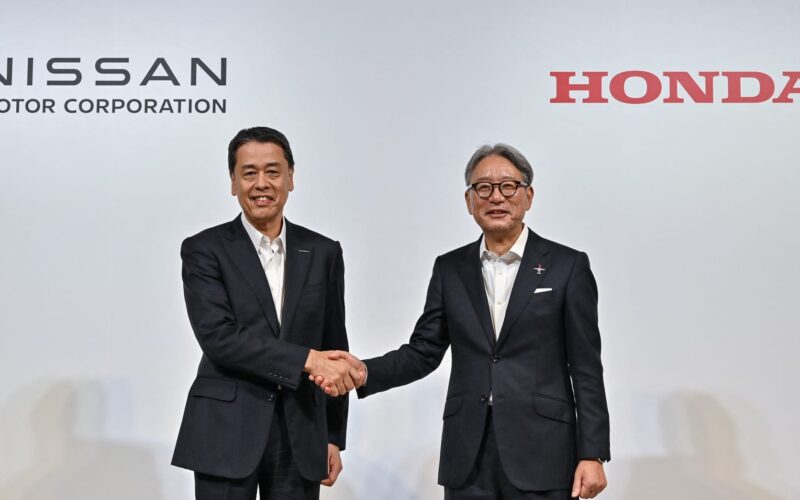The automotive industry is witnessing a seismic shift as Japanese automakers Honda Motor Co. and Nissan Motor Co. reportedly enter discussions for a potential merger. This development, reported by the Nikkei newspaper, underscores the urgency for legacy automakers to evolve in the face of rapid technological changes and shifting consumer demands.
Understanding the Merger Proposal
The proposed merger involves Honda and Nissan operating under a joint holding company, creating a unified structure for management and operations. In addition, Mitsubishi Motors, a company in which Nissan holds a 24% stake, is expected to join the alliance. Together, the trio would form an automotive powerhouse, boasting annual sales exceeding 8 million vehicles.
This strategic move aims to strengthen the companies’ competitive edge, particularly against global giants like Toyota, Volkswagen, and Tesla.
Why This Merger Makes Sense
The automotive sector is undergoing a profound transformation driven by electric vehicle (EV) adoption, autonomous technologies, and changing consumer preferences. Let’s explore why a Nissan-Honda-Mitsubishi alliance could be a game-changer:
1. Shared Resources for EV Development:
The shift toward EVs demands massive investments in research and development (R&D). By pooling resources, the companies can accelerate the launch of innovative EV models while reducing costs.
2. Enhanced Global Presence:
The merger would combine Honda’s strength in North America with Nissan’s robust presence in Europe and Asia, creating a truly global automotive leader.
3. Economies of Scale:
Operating as a single entity allows the companies to streamline operations, negotiate better deals with suppliers, and reduce redundancies, leading to significant cost savings.
4. Technological Collaboration:
Honda’s expertise in hybrid technology and Nissan’s leadership in EVs (thanks to models like the Leaf) could result in groundbreaking advancements in sustainable mobility.
What It Means for Consumers and the Industry
This merger could bring several benefits for consumers, shareholders, and the broader automotive sector:
• Diverse Product Lineup: A unified company could offer a wide range of vehicles, from compact cars to luxury SUVs and cutting-edge EVs.
• Affordable Innovation: Shared R&D costs mean consumers could benefit from more affordable, high-tech vehicles.
• Sustainability Leadership: A stronger focus on green technologies could help the alliance take the lead in the global transition to sustainable transportation.
For the industry, the merger highlights the increasing importance of collaboration in navigating technological and regulatory challenges.
Potential Hurdles to Overcome
While the merger has significant potential, it’s not without its challenges:
1. Cultural and Operational Integration:
Aligning the strategies, management styles, and operations of three distinct companies could take years.
2. Market Reaction:
Customers and shareholders may have mixed reactions, especially if the companies fail to communicate the benefits effectively.
3. Regulatory Compliance:
Given the scale of this merger, antitrust authorities in multiple regions will likely scrutinize the deal to ensure fair competition.
The Road Ahead
If successful, the Nissan-Honda-Mitsubishi alliance could redefine the global automotive landscape. However, the path to a seamless merger will require careful planning, transparent communication, and a focus on delivering value to stakeholders.
This potential partnership is a testament to the growing importance of collaboration in the face of industry disruption. As the automotive world shifts toward a more sustainable, connected, and autonomous future, such alliances will likely pave the way for innovation and growth.
Keep following Techyrobber for the latest updates on this exciting development and other transformative trends in the world of technology and mobility!

